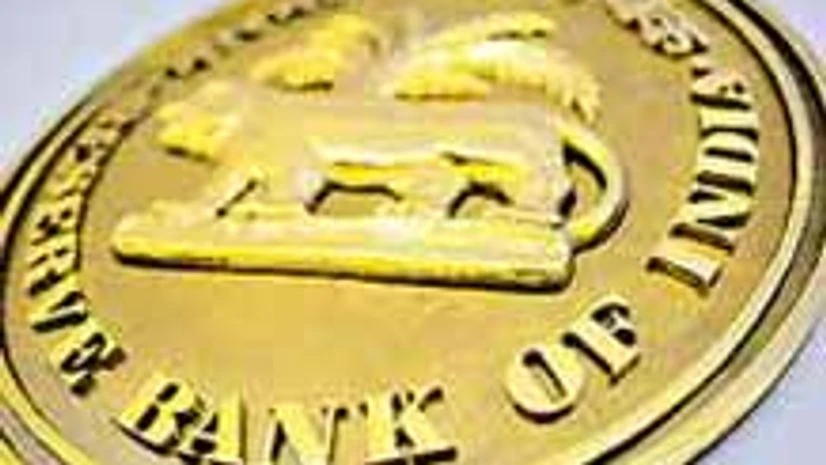As in FY13, subsidies might overshoot the Budget Estimate (BE) and revenue collections could miss the target this financial year as well, early numbers show. While this does pose a threat to the fiscal deficit target of 4.8 per cent for FY14, the finance ministry doesn’t seem perturbed. If the problems are the same, so could be the solution - a squeeze in expenditure to rein in the fiscal deficit.
The Centre’s fiscal deficit touched Rs 2.62 lakh crore in the first three months of FY14, representing 48.4 per cent the BE of Rs 5.42 lakh crore for the entire year. In the year-ago period, it stood lower at 37.1 per cent of the BE. While total expenditure in the April-June quarter this year has increased to 23 per cent of the BE from 20.9 per cent in the corresponding period last year, total receipts have come down from 12.4 per cent to 10.6 per cent
According to a finance ministry official, the fuel subsidy might go up if global crude oil prices increase, coupled with a weak rupee, and revenue collections remain short of the target due to a slowing economy. However, that would not put much pressure on fiscal deficit as some savings might come on the expenditure side. The Reserve Bank of India has lowered this year’s gross domestic product (GDP) growth forecast to 5.5 per cent, while the government had projected it to be around 6.1-6.7 per cent. However, Finance Minister P Chidambaram maintained that the tax collection target would be met since GDP growth this year would be higher than the five per cent achieved last year.
Tax collections also remained muted for the first quarter of FY14. Direct tax collections in April-June rose merely 6.44 per cent to Rs 89,705 crore, while indirect tax collections (excise, customs and service tax) grew at 4.7 per cent to Rs 1.11 lakh crore. Disinvestment proceeds have so far remained under Rs 1,000 crore, against the target of Rs 40,000 crore for the year. The government resorted to some short-term borrowing in the recent weeks, but officials ruled out any change in gross market borrowing for the year, pegged at Rs 5.79 lakh crore.

Oil imports and depreciating rupee against the dollar have widened India’s trade deficit to $50.2 billion in the first quarter of 2013-14 from $42.2 billion in the corresponding period of the previous year. This may widen the current account deficit in the first quarter, which may slip into fiscal deficit due to the burgeoning subsidy burden. In the 1990s, it was the other way round as deteriorating fiscal deficit of successive governments slipped into balance of payments (BoP) problems, after the first Gulf war worsened the situation on the external front..
Tax collections also remained muted. Direct tax collections in April-June rose merely by 6.44% to Rs 89,705 crore, while indirect tax collections grew at a pace of 4.7% to Rs 1,11,000 lakh crore. Disinvestment proceeds so far have also remained under Rs 1,000 crore, against the target of Rs 40,000 crore for the year. The government resorted to some short-term borrowing in the recent weeks, but officials ruled out any change in gross market borrowing for the year pegged at Rs 5.79 lakh crore.
Some argue increase in import duty on petroleum and some non-essential or luxury products could serve the twin purpose of revenue moblisation and addressing current account deficit (CAD) problem, which touched an all-time high of 4.8% of GDP in 2012-13 against 4.2% a year ago, but that does not look like a feasible option for a government staring at elections. A finance ministry panel is examining the possibility of higher import duty on such goods, but there are concerns that ultimately the burden would be passed on to end consumers and fuel inflation.
ALSO READ: India ratings hit by fiscal deficit: Moody's
While the pros and cons of a sovereign bond are being considered to get more dollar flows, there are also murmurs among independent experts of a loan from the International Monetary Fund (IMF). Finance ministry, however, completely ruled out the possibility of the IMF loan, but said the government would take every possible step to control twin deficit—fiscal and current account.
“We need a stabilization programme quite desperately this time. There is a need to put ceiling on fiscal deficit, not just of the Centre but also of the states. We have to curb import of gold and give impetus to domestic coal production,” said a senior finance ministry official.
Fiscal deficit was lowered from projected 5.1% of the GDP to 4.9% last year as the finance ministry strictly went by the book and did not allow expenditure beyond the specified ceilings in the last quarter. This straight away gave savings of Rs 91,838 crore, against Rs 14,943 crore in 2011-12.
The official said India was not close to the 1990s situation of Balance of Payment crisis when the country had forex reserves to cover imports of essential commodities for only three weeks, against seven months at present.
Rather than seeking loan from IMF, India could take recourse to prescriptions the Fund would have suggested, an official said.
“We should look at what IMF would have done in a similar kind of situation. It would be proper to replicate rather than going to the IMF for a formal programme,” he added.
| Year | Fiscal Deficit as % of GDP | CAD as % of GDP |
| 2012-13 | 4.9 | 4.8 |
| 2011-12 | 5.7 | 4.2 |
| 2010-11 | 4.8 | 2.7 |
| 2009-10 | 6.5 | 2.8 |
| 2008-09 | 6.0 | 2.3 |
| 2007-08 | 2.5 | 1.3 |
| 2006-07 | 3.3 | 1.0 |
| 2005-06 | 4.0 | 1.2 |

)
